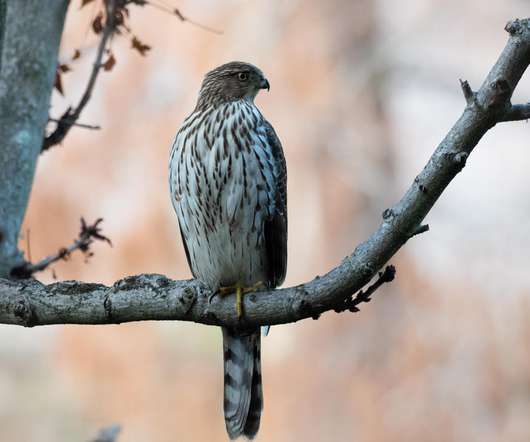The Gas Station Bird
10,000 Birds
JUNE 13, 2021
When the photo was posted on social media, people immediately began making calls – to the local wildlife rehabilitation center, the state falconry club, and the wildlife division of the state wildlife agency. The bird is a captive-bred Peregrine/Gyrfalcon hybrid owned by people with an Exotic Species Permit.












Let's personalize your content